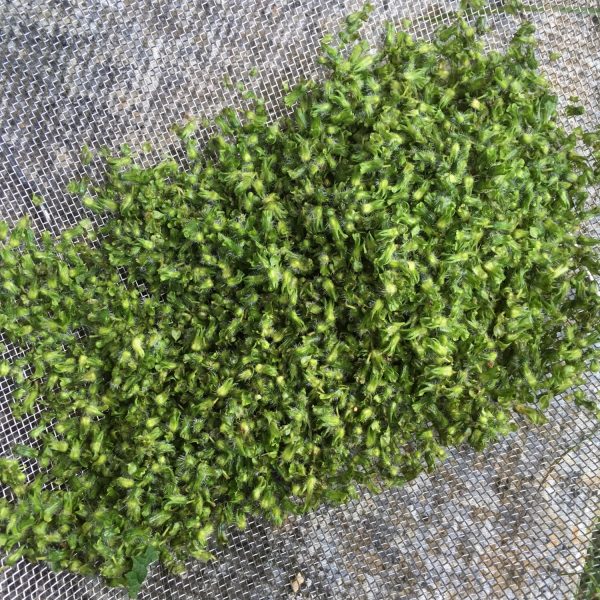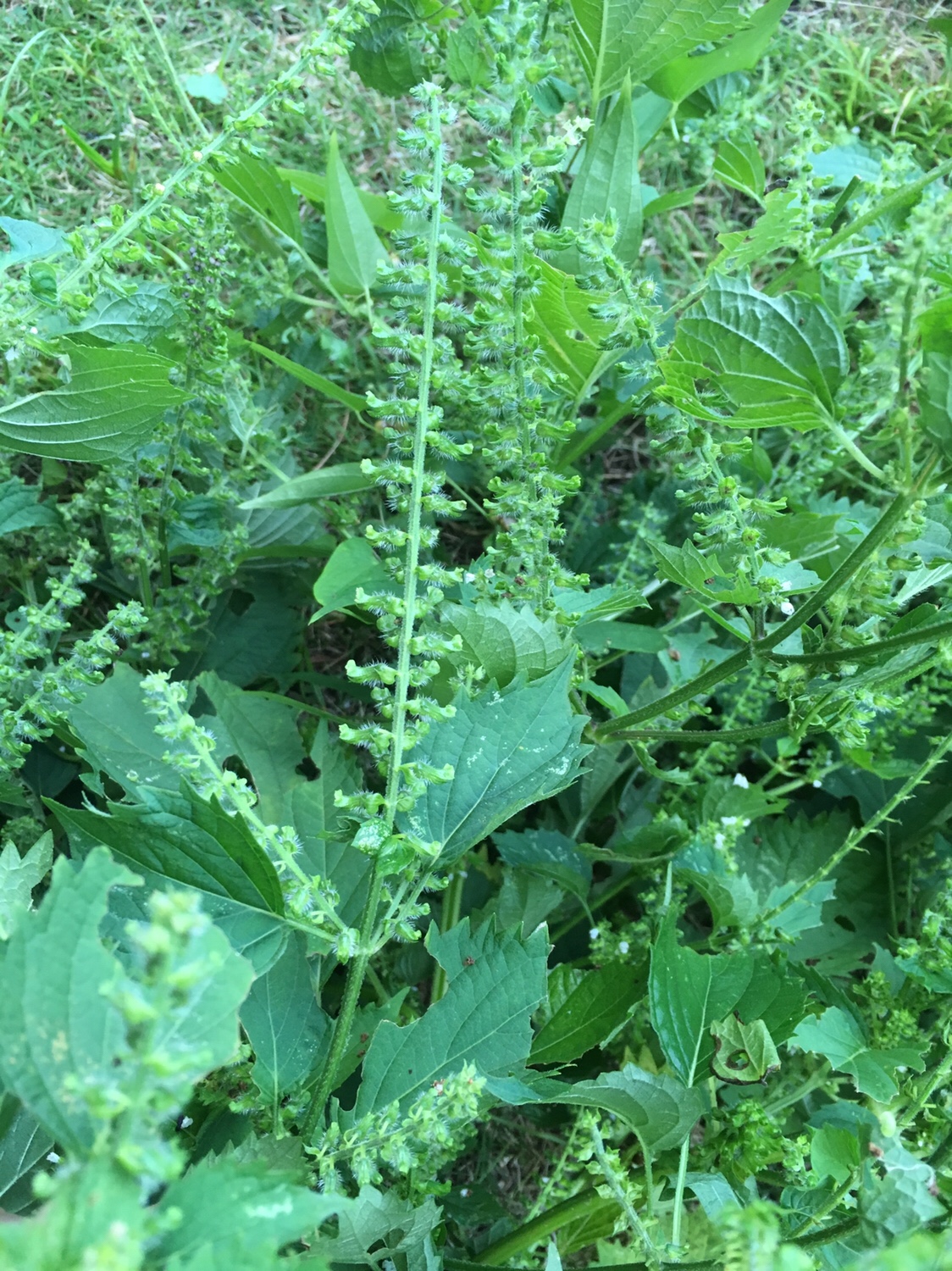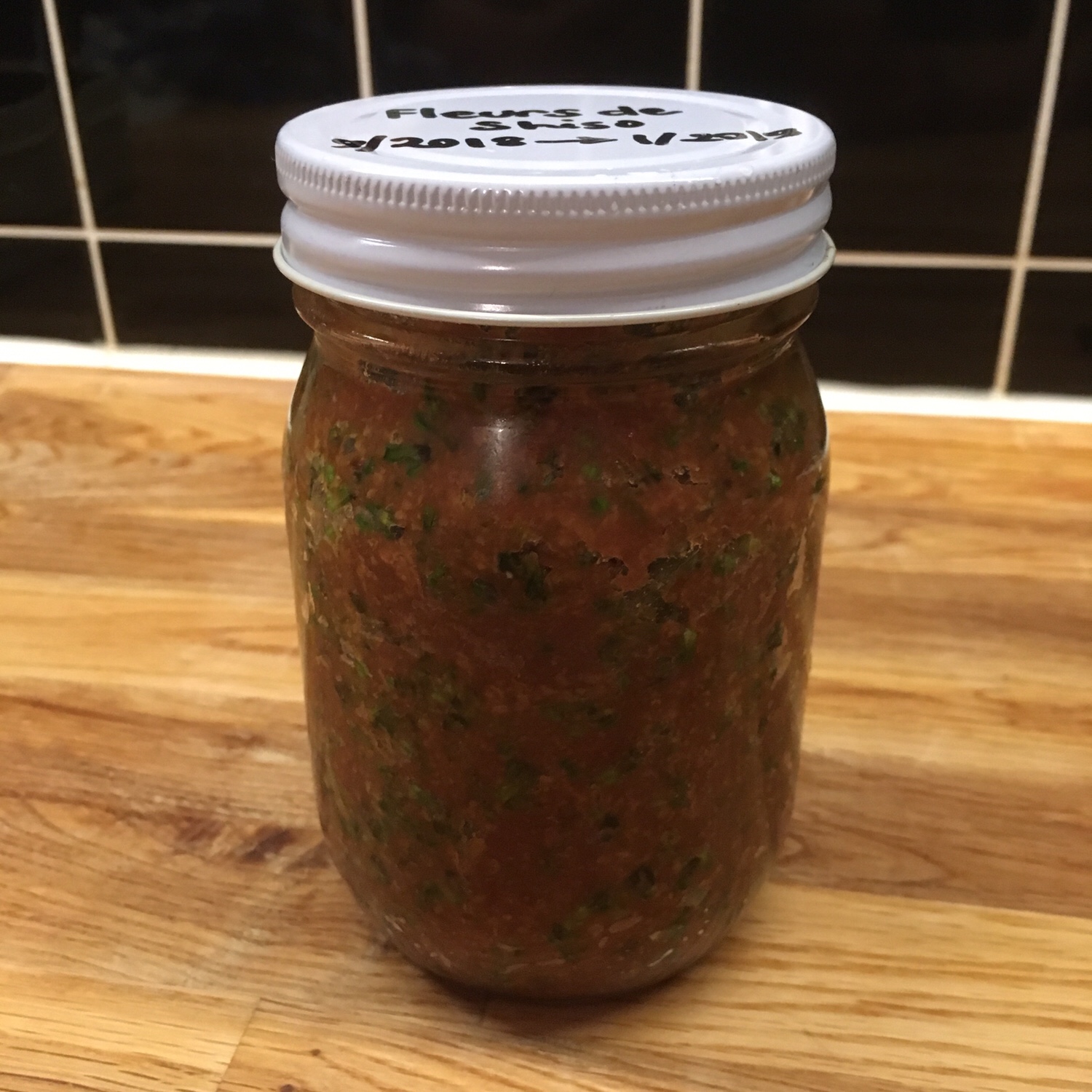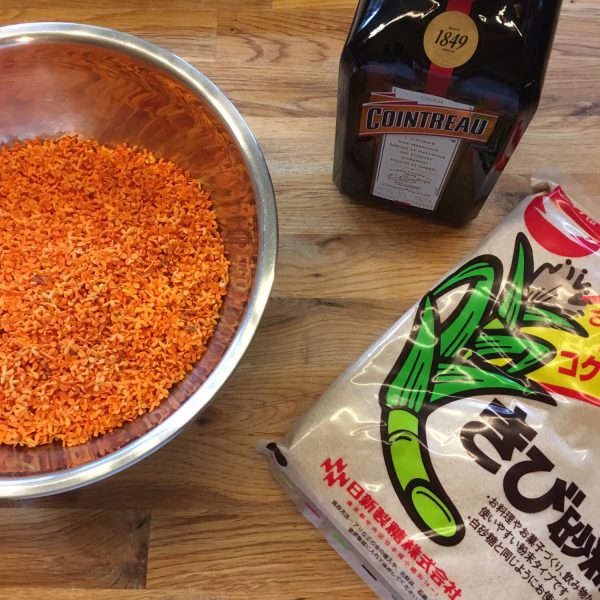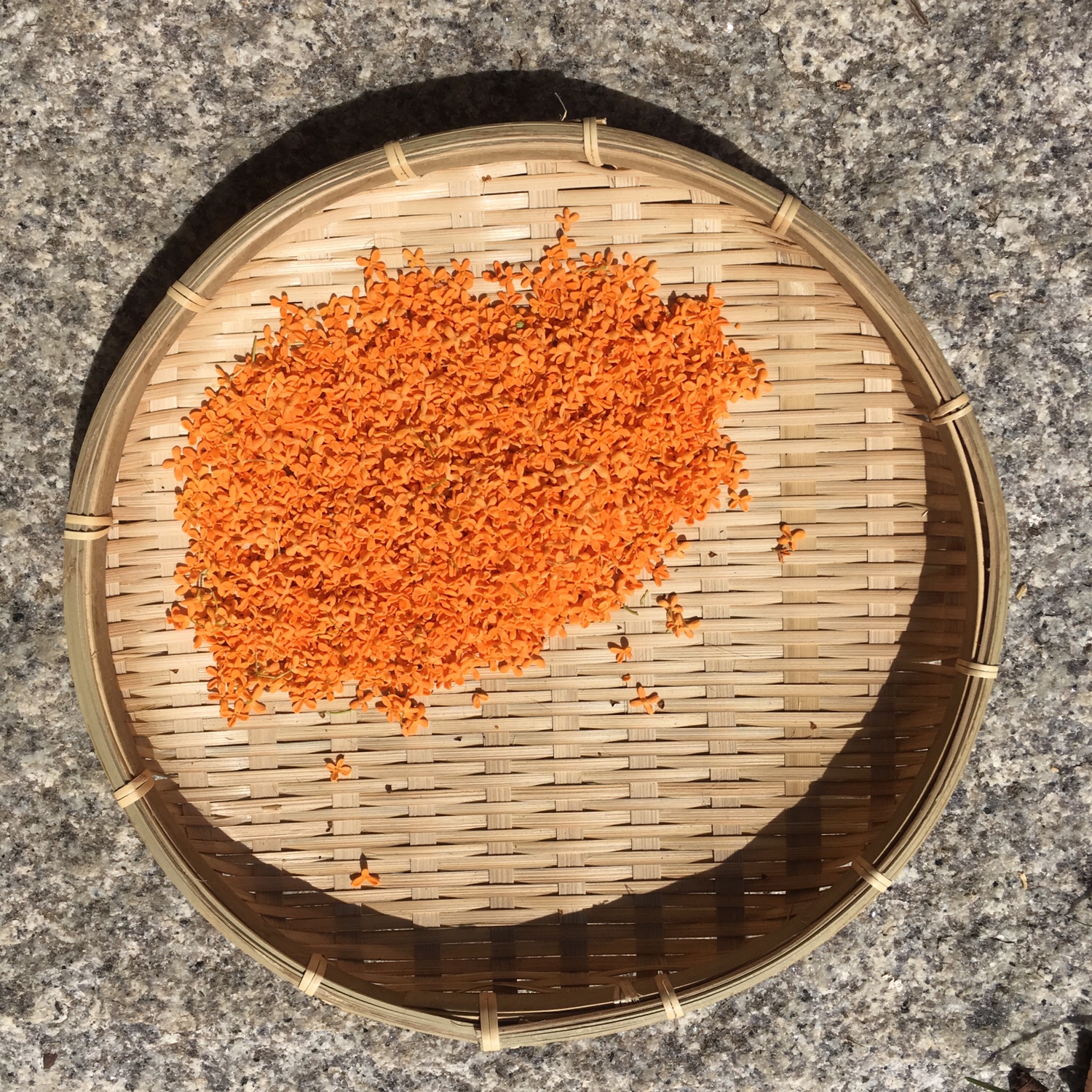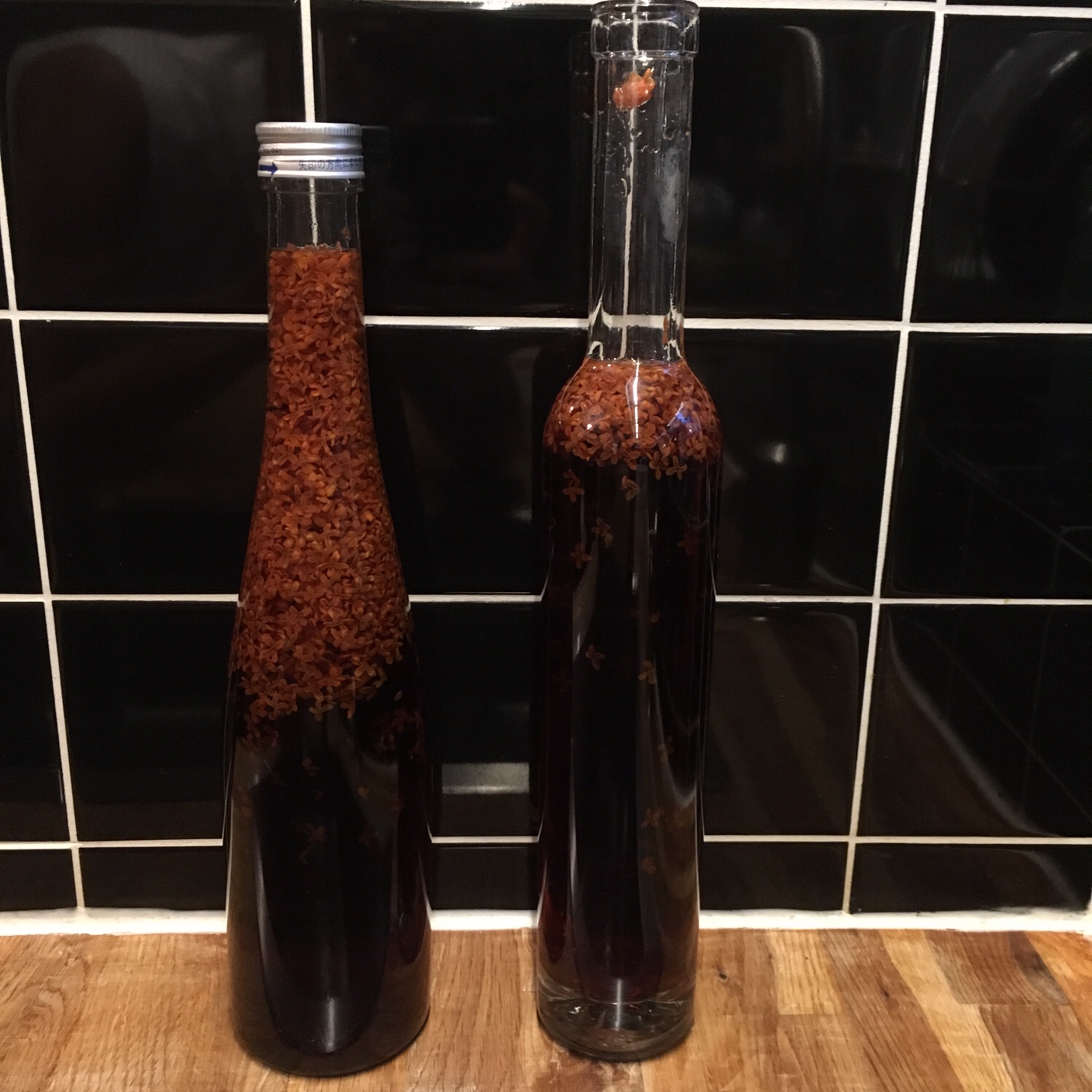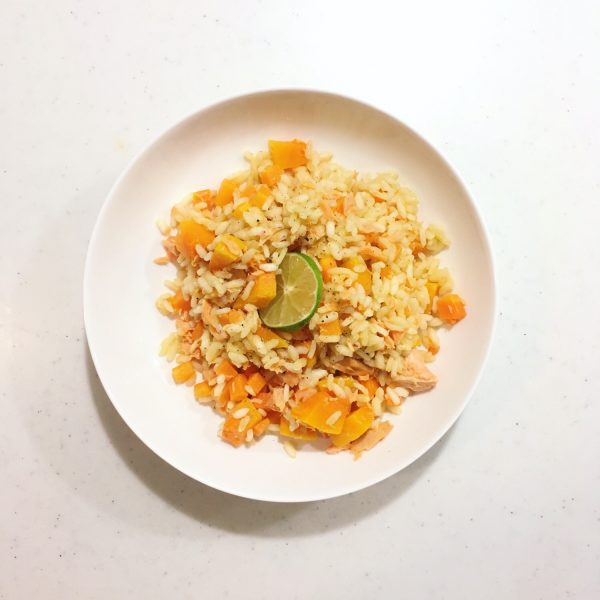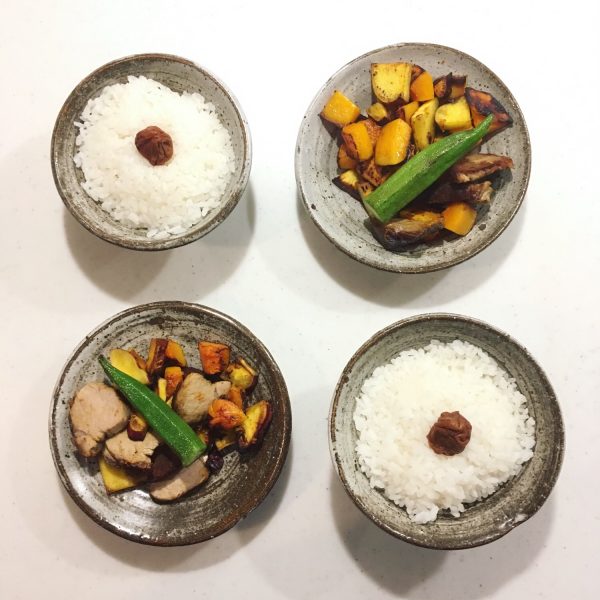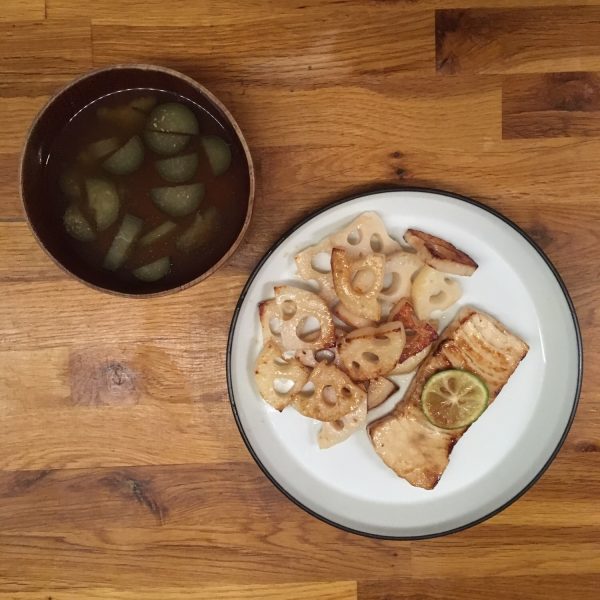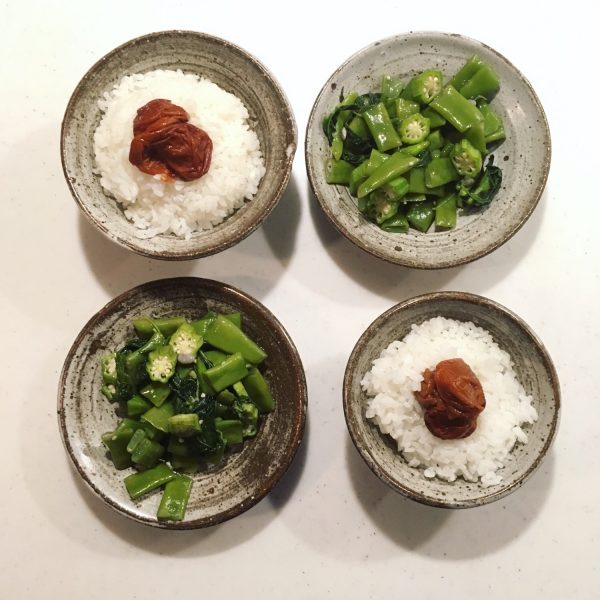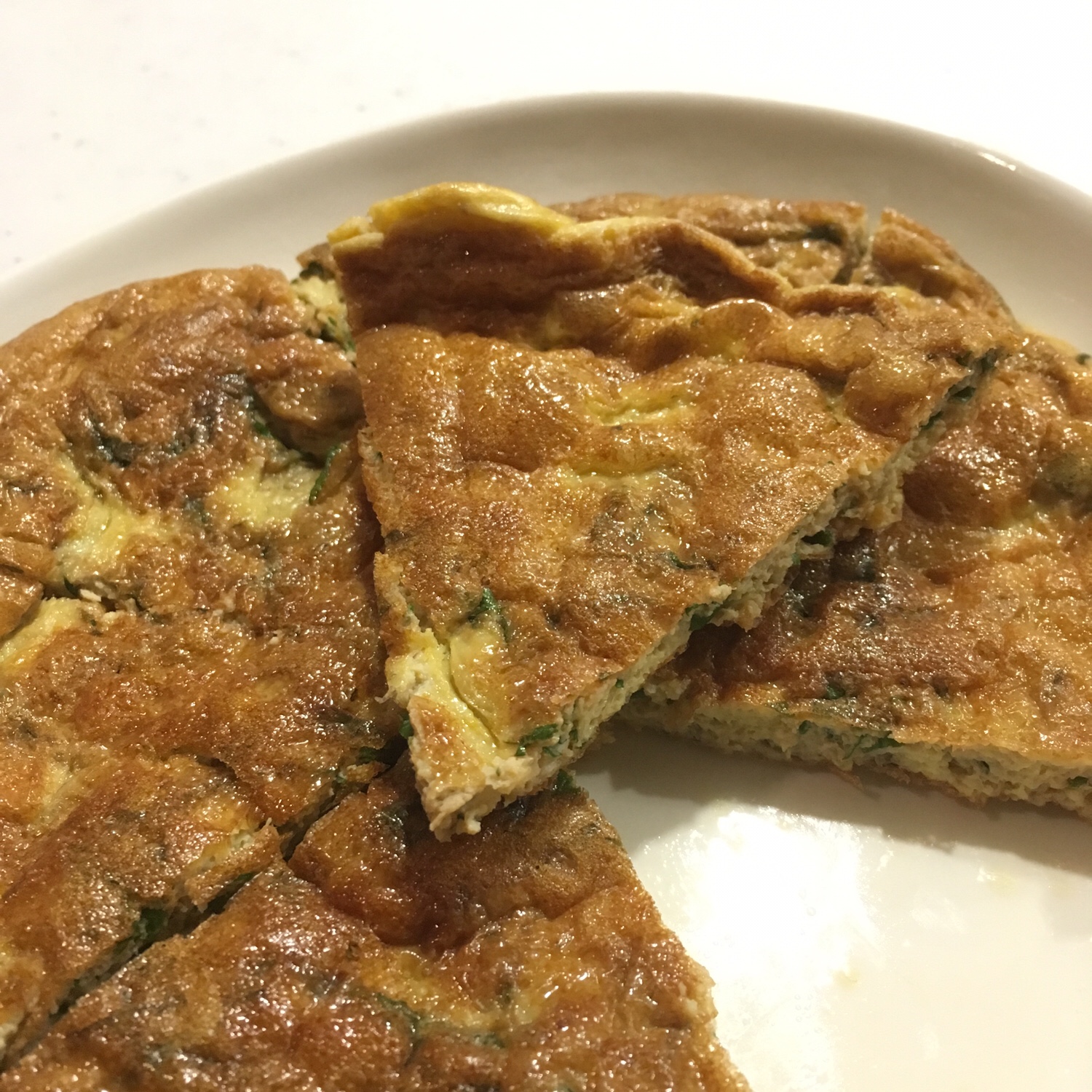As I was explaining on IG yesterday, at the farmers market I found a new (to me) vegetable, it is green, fancy shaped and called 四角豆 shikakumame in Japanese. As it is a 豆 mame (bean) I figured I would like it, and after discussing with the farmer who told me it is easy as okra to prepare, I immediately put them in my basket. I wasn’t sure what to do with them but a quick browsing of the web inspired me. And rather than preparing something Asian style, which seems to be what it is mostly used in, I decided to go for something more western style: pasta with butternut squash and crispy bacon and the famous winged beans. That was simple and a great discovery! The winged beans taste like green beans but greener. And the wings are a bit like mushrooms in texture but green… I really loved them! I hope I’ll find more in the future!
Winged beans pasta (for 2people)
– 4 or 5 winged beans
– a piece of butternut squash
– 3 slices of bacon
– 120g of pasta
While boiling water for the pasta, cut the ban and grill it in a pan. Peel the butternut squash and cut in bites. Add to the bacon and cook at medium heat under cover. Wash the winged beans and cut them in bites. Add to the pan, and cook for 8min under cover while the pasta cook. After straining the pasta, add to the pan, stir well and serve. Add a bit of salt and pepper if you like.

PS: I had to remove the comments option from the page because it was trashed with spam… sorry… please use fb or ig or dm me!

